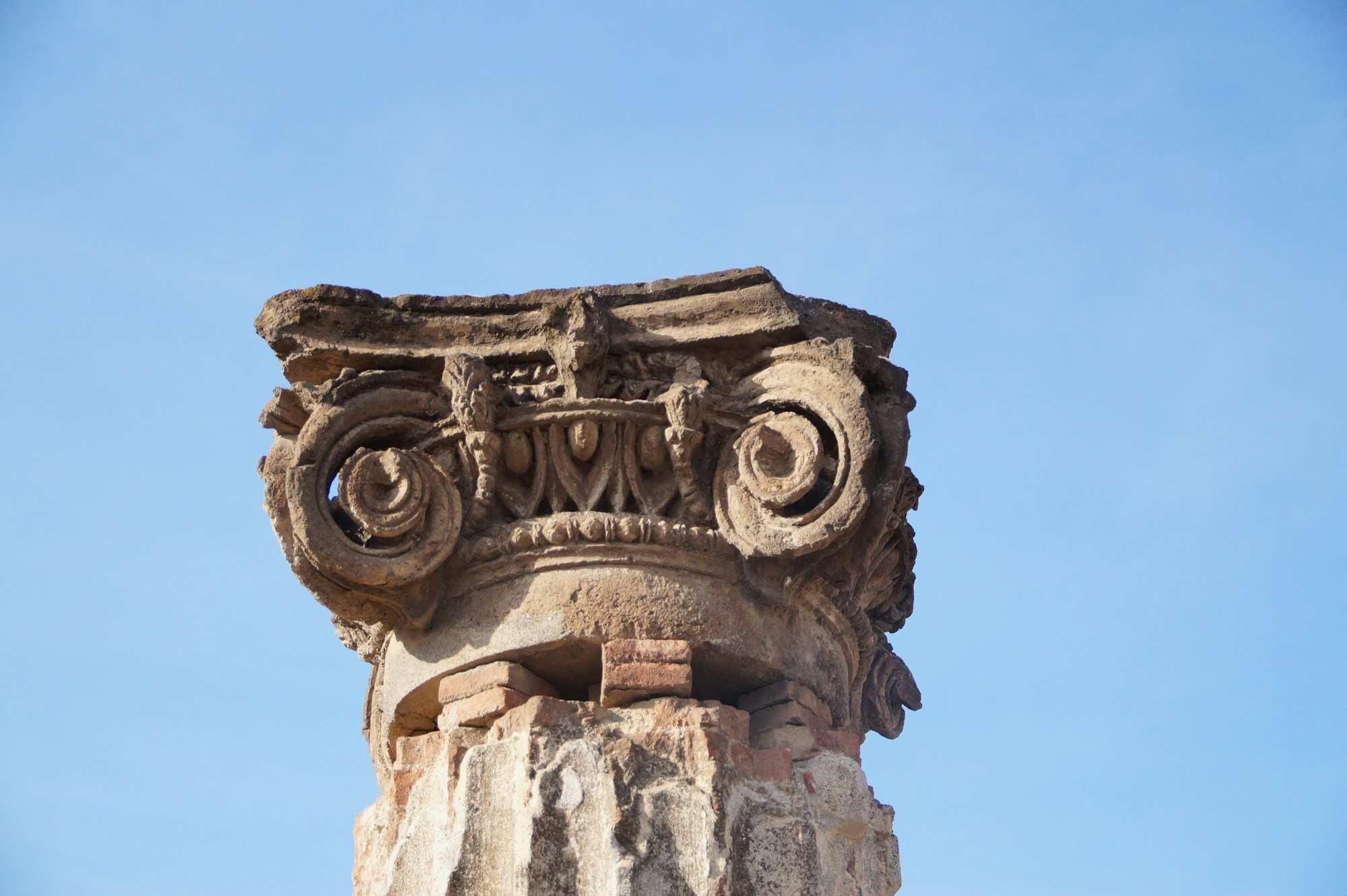Best Times to Visit Pompei: Ideal Weather and Season Guide

Best Times to Visit Pompei: Ideal Weather and Season Guide
Pompei, located in southern Italy near the famous Mount Vesuvius, is a fascinating archaeological site that attracts millions of tourists every year. To fully enjoy your visit to Pompei, it is important to consider the weather and season. The ideal time to visit depends on your preferences and what you want to experience during your trip.
Spring (March to May)
Spring is a great time to visit Pompei, as the weather is mild and the crowds are relatively smaller compared to the summer months. In March, temperatures start to climb, averaging around 15°C (59°F), and by May, temperatures reach around 23°C (73°F). You can enjoy exploring the ancient ruins without the scorching heat of summer. However, it is advisable to pack a light jacket or sweater for the cooler evenings.
The spring season in Pompei is also known for its vibrant blooming flowers and landscapes. If you enjoy photography or simply appreciate the beauty of nature, this is the perfect time to capture stunning shots of the archaeological site against a backdrop of colorful flowers.
Summer (June to August)
Summer is the peak tourist season in Pompei. The weather is hot and humid, with temperatures averaging around 28°C (82°F) in June and reaching up to 32°C (90°F) in July and August. This is the time when most tourists visit, resulting in larger crowds and longer queues to enter the ruins.
If you choose to visit Pompei during summer, it is advisable to start your day early to avoid the heat and the busiest hours. Additionally, make sure to stay hydrated, wear sunscreen, and dress lightly to stay comfortable while exploring the vast archaeological site.
Fall (September to November)
Autumn is another favorable time to visit Pompei, as the weather begins to cool down after the intense summer heat. In September, temperatures range from 26°C (79°F) to 21°C (70°F), gradually dropping to 15°C (59°F) in November. The crowds also start to thin out, allowing for a more relaxed visit.
During fall, you can expect occasional rainfall, so it is recommended to carry an umbrella or raincoat. The changing colors of the surrounding landscapes add to the charm of the archaeological site, making it a picturesque time to explore Pompei.
Winter (December to February)
Winter is the offseason in Pompei, with fewer tourists and cooler temperatures. The average temperatures range from 12°C (54°F) in December to 8°C (46°F) in January and February. While the weather might be considered cold for some, it provides a unique experience, allowing you to discover the ancient ruins in a more tranquil atmosphere.
Although it is the coldest time of the year, snowfall is extremely rare in Pompei. However, it is wise to layer clothing and bring a warm jacket or coat to stay comfortable during your visit.
Weather Overview
| Month | Season | Humidity | Temperature (°C) | Sun Hours | Rainfall (mm) |
|---|---|---|---|---|---|
| March | Spring | 71% | 15°C (59°F) | 6 hours | 64mm |
| April | Spring | 67% | 17°C (63°F) | 7 hours | 49mm |
| May | Spring | 66% | 23°C (73°F) | 9 hours | 38mm |
| June | Summer | 67% | 28°C (82°F) | 10 hours | 22mm |
| July | Summer | 59% | 32°C (90°F) | 11 hours | 8mm |
| August | Summer | 63% | 32°C (90°F) | 10 hours | 12mm |
| September | Fall | 71% | 26°C (79°F) | 8 hours | 60mm |
| October | Fall | 74% | 21°C (70°F) | 6 hours | 106mm |
| November | Fall | 77% | 15°C (59°F) | 5 hours | 134mm |
| December | Winter | 75% | 12°C (54°F) | 4 hours | 113mm |
| January | Winter | 76% | 8°C (46°F) | 4 hours | 92mm |
| February | Winter | 74% | 8°C (46°F) | 5 hours | 96mm |
It's important to note that weather patterns can vary, and these figures are averages to provide a general overview. Checking the forecast closer to your visit will provide the most accurate information.
No matter when you decide to visit Pompei, the site's historical significance and breathtaking ruins will leave you in awe. Take your time to explore the preserved city affected by the eruption of Mount Vesuvius in 79 AD, and immerse yourself in the rich history and culture of this remarkable UNESCO World Heritage site.
